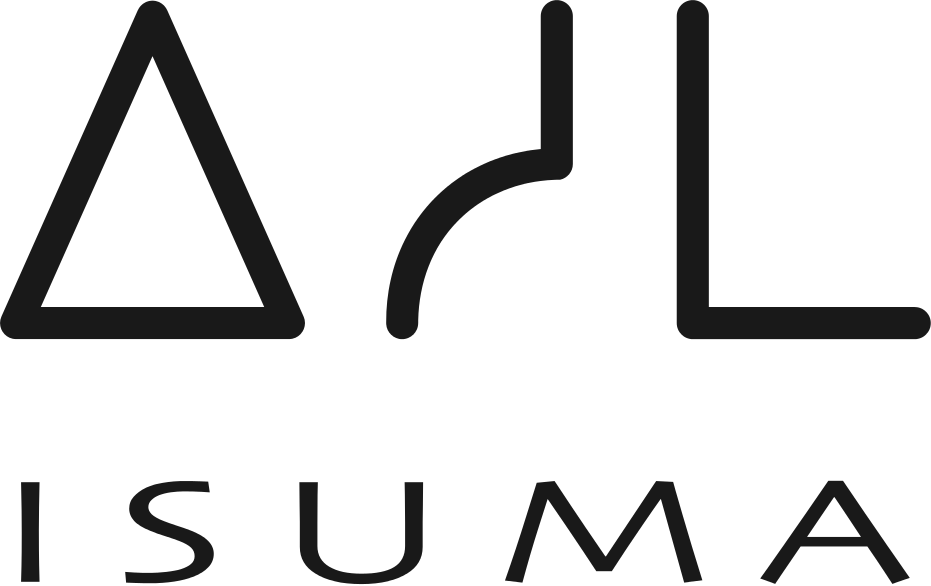Human Rights and the Environment – Summary
Human Rights and the Environment – Summary
The history, culture, traditional activities and livelihoods of Inuit are intimately connected with the environment and wildlife. In general, there is uncertainty and concern about the Arctic environment as a result of climate change. There is also uncertainty about the potential impacts of the Mary River project on the environment and wildlife, mainly related to the proposed railway and all-year shipping from Steensby Inlet. From a human rights perspective, one of the most important issues for Baffinland relates to providing information about, and opportunities for participation in, the environmental monitoring programmes for the Mary River mine. Current initiatives to develop a multi-stakeholder Environmental Monitoring Committee should be supported.
The history, culture, traditional activities and livelihoods of Inuit are intimately connected with the environment and wildlife. In general, there is uncertainty and concern about the Arctic environment as a result of climate change. There is also uncertainty about the potential impacts of the Mary River project on the environment and wildlife, mainly related to the proposed railway and all-year shipping from Steensby Inlet.
In the public hearings for the Mary River project, many of the concerns of Inuit related to the environment. At the same time, the different actors including the company, different government departments and the QIA have been taking these concerns very seriously in the environmental and socio-economic impact review process overseen by the NIRB.
There are some human rights related to the environment:
• There are potential impacts on the right to food related to the potential effects of mining operations on wildlife, which is the main source of the “country food” and traditional diet of Inuit. The concerns about wildlife also have implications for Inuit rights to traditional livelihoods and occupations. The ability of Inuit to practice their traditional occupations is closely tied to other rights related to the maintenance of Inuit cultures, languages and traditional knowledge, and their right to self-determination. The greatest risks to wildlife are related to the proposed railway and all-year shipping from Steensby Inlet. Because of the Early Revenue Phase, there are several more years for the different actors to complete baseline studies and design mitigation measures to prevent adverse impacts on wildlife and respect the related human rights.
• There are potential impacts on the right to health related to the interaction of the mining operations. Because the Mary River mine is in a remote location far away from the nearest communities, and the mine does not require any chemical processing, the risks to the right to health for community members are relatively small. The health risks of employees are part of the discussion of labour rights.
• There are also potential long-term impacts on the environment related to the closure of the mine. Because the Mary River mine does not involve chemical processing and the accumulation of tailings, there are less environmental risks for closure than for other types of mines. Furthermore, closure is many years away and the time frame for closure may be extended if other ore deposits are developed. The company’s plans include a 4-year closure period with a commitment to post-closure monitoring for as long as is required. There are also important conditions in the mine’s certificate related to closure. The involvement of Inuit in closure planning and post-closure monitoring provides an important opportunity to respect human rights related to the environment.
From a human rights perspective, one of the most important issues for Baffinland relates to providing information about, and opportunities for participation in, the environmental monitoring programmes for the Mary River mine. Baffinland has made commitments to train and hire Inuit for various jobs related to environmental monitoring in its operations. The QIA is advancing a proposal for an Environmental Monitoring Group that will involve Inuit and other actors. These initiatives should be encouraged and supported as mechanisms to respect human rights related to the environment, as well as Inuit rights to on-going consultation and information about the Mary River project.
-

Mary River Mine Site Layout
-

Mary River Mine Milne Inlet Tote Road
-

Transport Canada Technical Presentation - Inuktitut
-

Transport Canada Technical Presentation - English
-

Transport Canada Presentation - Inuktitut
-

Transport Canada Presentation - English
-

Qikiqtani Inuit Association Revised Presentation - English
-

Qikiqtani Inuit Association Summary Presentation - Inuktitut
-

Qikiqtani Inuit Association Summary Presentation - English
-

Environment Canada Presentation - Inuktitut
-

Environment Canada Presentation - English
-

Natural Resources Canada Presentation - Inuktitut
-

Natural Resources Canada Presentation - English
-

Government of Nunavut Presentation - Inuktitut
-

Government of Nunavut Presentation - English
-

Department of Fisheries and Oceans Canada Presentation - English and Inuktitut
-

Baffinland Terrestrial Wildelife Presentation- English
-

Baffinland Operations Presentation- English
-

Baffinland Presentation Marine - English
-

Baffinland Emergency Plan - English
-

Aboriginal Affairs and Northern Development Canada Presentation - Inuktitut
-

Aboriginal Affairs and Northern Development Canada Presentation - English
-

Wildlife Impact Radio Call-in show, 119:21 ᓂᐲᑦ ᐃᓄᒃᑎᑐᑦ and English


 Hear the summary in English
Hear the summary in English
 Download the summary in PDF format
Download the summary in PDF format